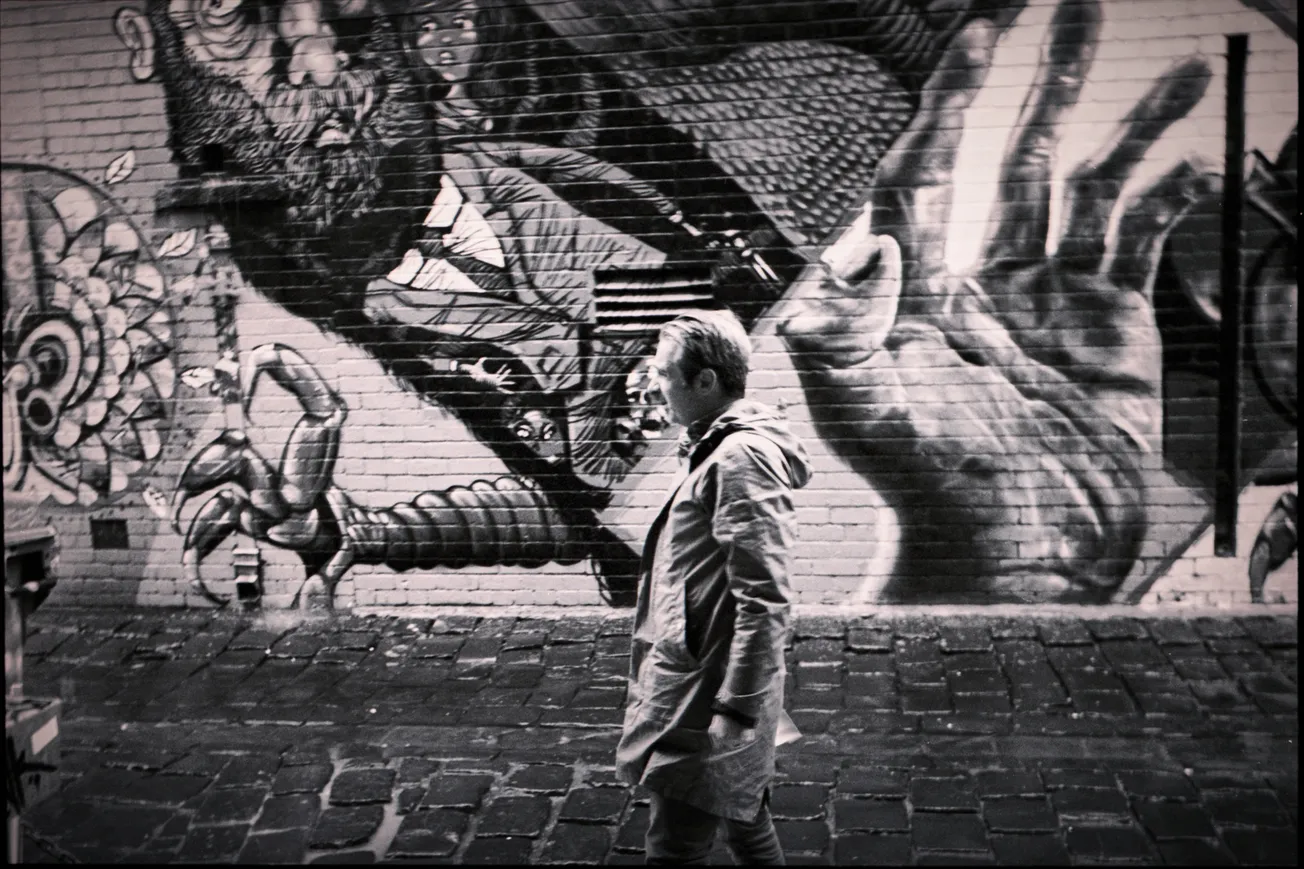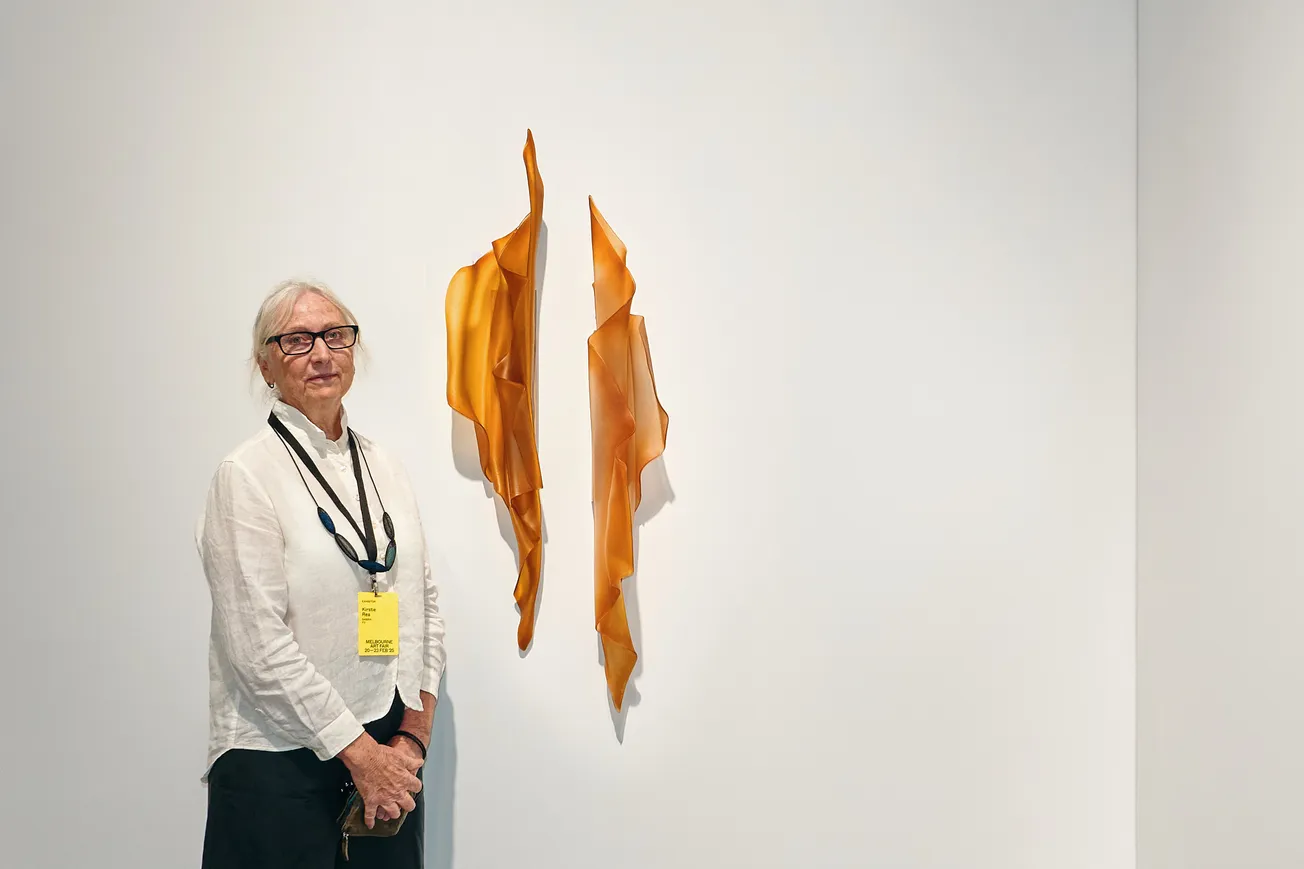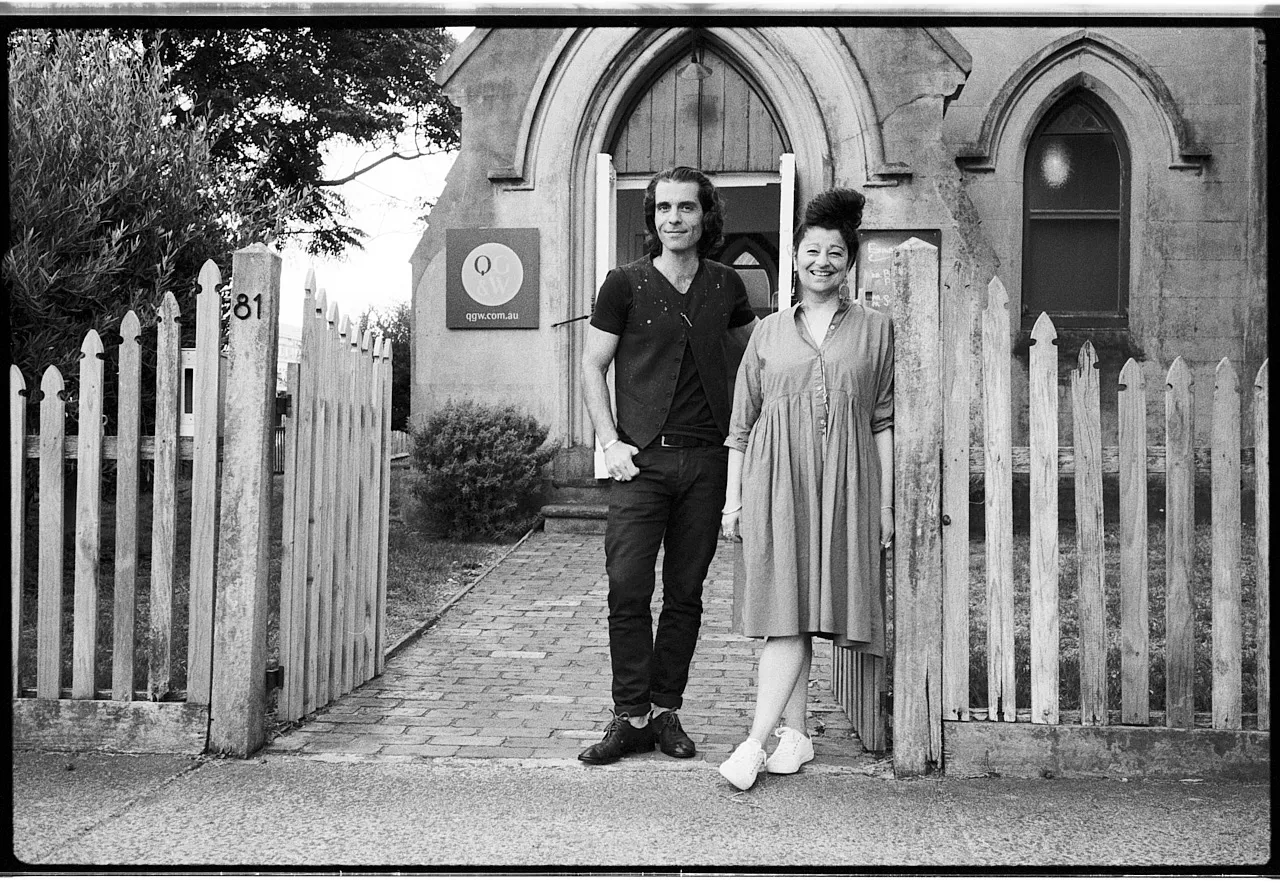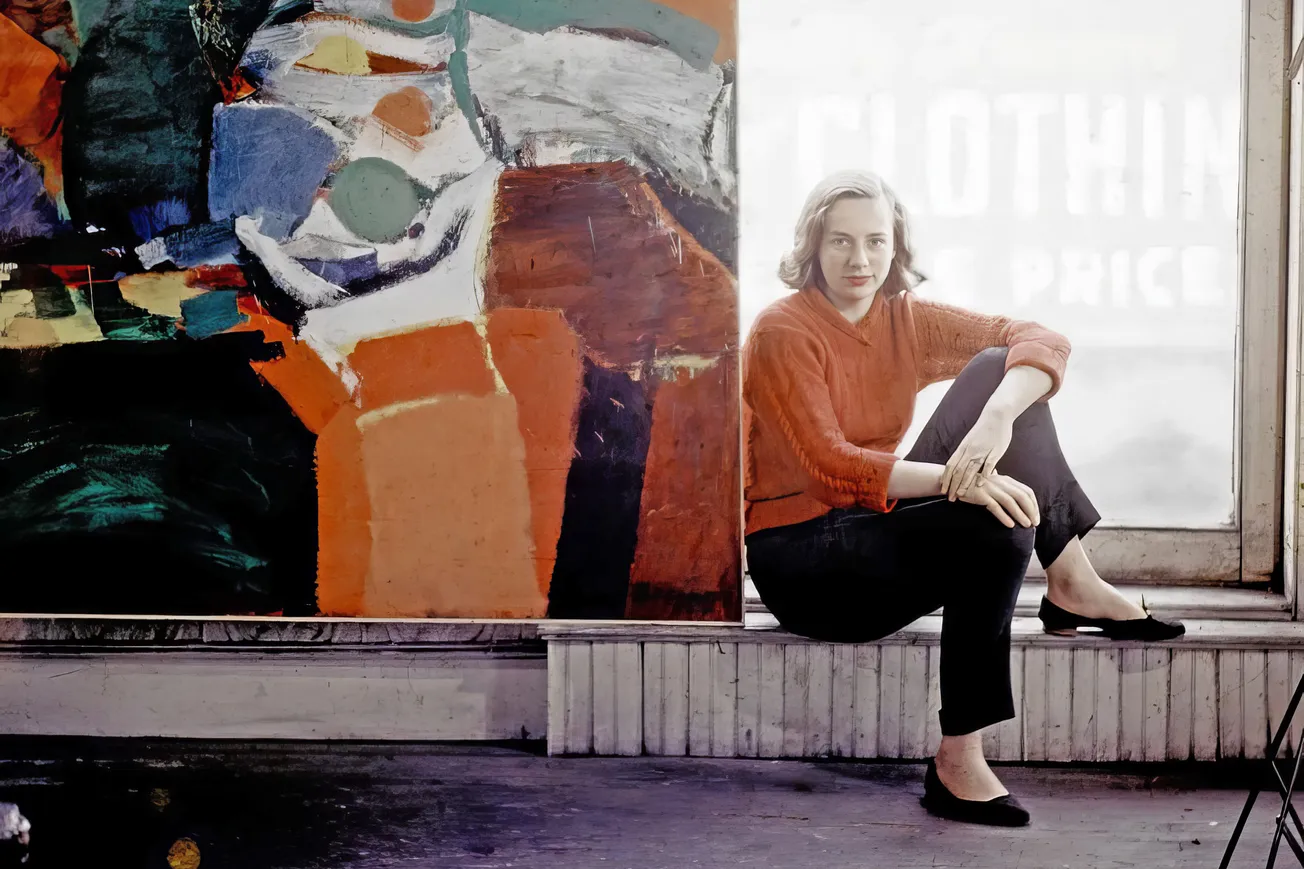Table of Contents
Art Minute
| Title: | George Raftopoulos |
|---|---|
| Duration: | 17:13 |
| Year: | 2014 |
| Director/DOP: | Peter M Lamont |
| Music: | Moby |
| Cameras: | BMPCC OG |
About George Raftopoulos
Early Life and Background
Born in Sydney in 1972, George Raftopoulos moved at the age of five to Grenfell, a rural town in New South Wales, where his family was the only Greek household. This unique cultural environment profoundly influenced his perspective on identity and belonging. After completing his schooling, Raftopoulos returned to Greece to explore his ancestral roots, an experience that deeply informed his artistic vision.
Artistic Development and Education
Upon returning to Australia, Raftopoulos pursued formal art education. He earned a Bachelor of Arts in Visual Arts from the University of Western Sydney in 1994, followed by a Graduate Diploma in Painting from the Sydney College of the Arts in 1997. His academic training provided a foundation for his exploration of personal and cultural narratives through art.
Major Works and Exhibitions
Raftopoulos has held numerous solo exhibitions, including "Perfect Non Perfect" at Artereal Gallery in Sydney (2021) and "deKonstruKt" at Anna Pappas Gallery in Melbourne (2017). His work has also featured in group exhibitions such as the Art on Paper Fair in New York (2019) and "Angry Boys" at Galerie Rompone in Cologne (2018). Notable works include "Persona Non Grata" (2019), which critiques colonial figures, and "Raft of the Medusa" (2015), reflecting on themes of migration.
Style and Technique
Raftopoulos employs sketchy, semi-figurative forms combined with expressive brushwork to destabilise icons of nationalist history. His paintings often incorporate "Greenglish" text—a blend of Greek and English—symbolising his bicultural identity. By merging mythological references with contemporary themes, he creates narratives that challenge traditional colonial perspectives.
Legacy and Influence
Through his art, Raftopoulos offers a critical examination of colonialism and migration, contributing to broader conversations about identity in Australia. His works are held in various public and private collections worldwide, underscoring his impact on the contemporary art scene.
References
- George Raftopoulos Biography, Artworks & Exhibitions | Ocula Artist
- George Raftopoulos – Alveston
- George Raftopoulos - Artist Profile









